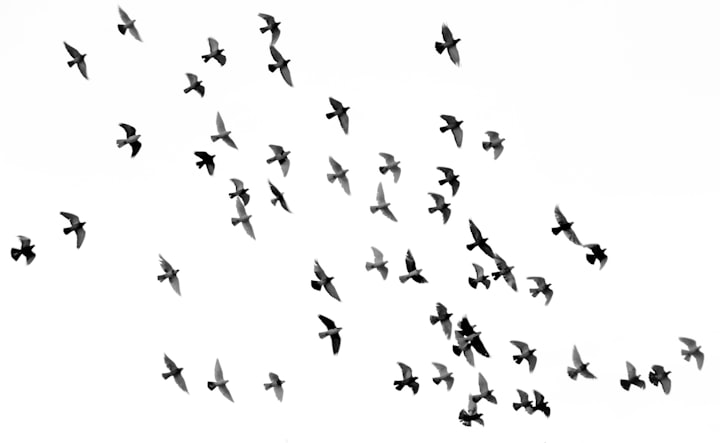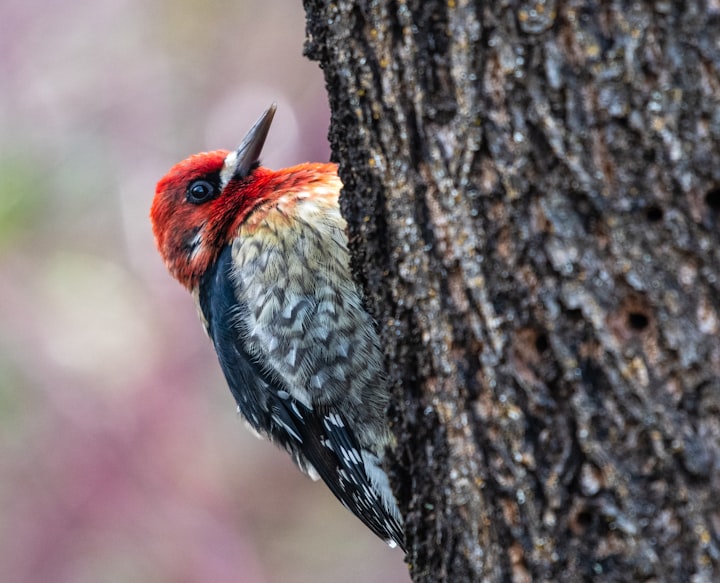
Recent research from Cornell University has combined the science of ornithology with artificial intelligence tools to allow researchers to capture bird migration that bird conservationists have always expected to be high. The study, led by scientists at the University of Michigan, examined data from more than 1.5 million birds collected from the U.S. Geological Survey's National Bird Survey between 1978 and 2016.
To estimate the changes since 1970, the researchers used data from the US Geological Survey's National Bird Survey, which includes migratory bird migrations, migratory routes, and migratory patterns. The team then compared this data with 143 weather satellites used to track migratory birds.
For avid birders, the census is at its peak this year and it is a great opportunity to understand how migratory birds are doing. Bird lovers visiting Yosemite National Park will observe and experience different bird behaviours depending on the season and habitat.
It is amazing how birds can manipulate feathers, bones and wing structures as they float through the air. The more time you spend observing, the more likely you are to see birds such as black woodpeckers, red legged beams, blackbirds and many more. The researchers are taking time to observe the different bird species and changes in their behaviour in recent years.
Birds are surprisingly efficient at spreading seeds, said a co-author and University of Rhode Island ecologist, who was not involved in the new study. “This is the first time birds have been observed in so many different places in a park" said Dr. Michael O'Hara, an ecologist at Harvard University who was involved in the new study.
It is more common than you might think that animals and birds of the same species migrate regularly, but birds like the grass patch are so common that it arrives in our country because we have always seen them. We have widespread birds, or so-called habitat generalists, (birds that can thrive almost anywhere). We can recognise the calls of brown-headed cowbirds and cardinals, and we can distinguish a male bird from a female.
Since birds are inextricably linked to the course of the seasons, species that live at different altitudes follow radically different seasonal behaviour. These changes affect grassland birds in many ways: the use of pesticides kills insects on which birds rely for food, and exposure to these chemicals can even delay migration.
In fact, ordinary birds, including our beloved backyard companions like sparrows and blackbirds, have suffered the biggest blow. The great loss of these resilient birds shows how much bird species around the world are struggling to survive.
More than 90 percent of the total loss is attributed to just twelve bird families, including sparrows, warblers, blackbirds, larks and finches. In less than a century, bird populations on all continents have declined by up to 80%, or more than half, of their pre-industrial levels.
To complement the scientific study of birds in the park, the public have been invited to alert ornithologists to unusual sightings or observed behaviour of birds. From a scientific point of view, birds are considered one of the best animals to be used to determine the health of an entire ecosystem.
Strange as it may sound, birds are technically considered reptiles, but to put it in the right terminology, they are avian dinosaurs. In fact, some birds were considered as coelurosaurs, and other dinosaurs are not birds (dinosaurs). Celsurosaur, considered a close relative of birds and even considered a bird by some.
They are quite similar, but birds are more derived in some aspects, partly because they share some of the same characteristics as the wingspan and wingspan, as well as their feathers.
Researchers aren't sure why the wing length grows as the birds shrink, but researchers have said in an earlier hypothesis was that the smaller the birds become, the harder it becomes for them to migrate. They said birds need to increase their wing lengths to increase their flight efficiency. The researchers also said people could help protect birds by reducing the use of pesticides in gardens, reducing deaths and keeping cats indoors.
About the Creator
Something Complicated
I’m the correct Something






Comments
There are no comments for this story
Be the first to respond and start the conversation.